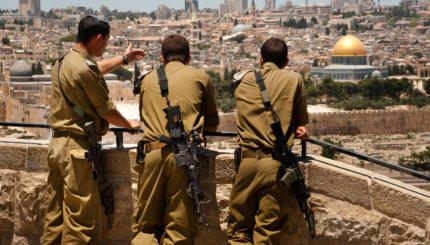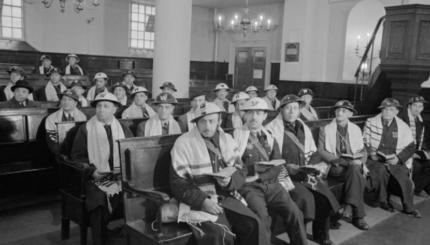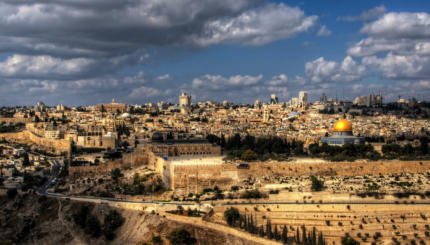As promised, here is the complete text of Sarah Margles’ speech about the Prayer for the State of Israel (mentioned in my earlier blog post), delivered at Altshul last
.
Alt
– Shabbat Metzora – Saturday, April 12, 2008
A talk about our process regarding the Prayer for the State of Israel, By Sarah Margles
Two of our community’s most cherished values are that we are deeply rooted in Jewish tradition as handed down to us from our ancestors, and that we are deeply committed to practicing our Jewish values in ways that resonate with the realities of contemporary life. As individuals, we navigate this road in our daily lives. When we come together as a community, sometimes this navigation is more complicated.
What does it mean to be a community that lives by its values – particularly when members of the community hold differing views about how to do that? As many of you know, our community has been in a process about the Prayer for the State of Israel. In response to a concern raised in a community meeting in the fall, we have been in community dialogue. This process has surfaced a particular way that these two values are seen by some as being in tension. We are committed both to the importance of Israel in our Jewish lives and to a diversity of religious and political opinion in relation to Israel.
There are many prayers for the State of Israel. The one that we have been using was first published by the Chief Rabbi of Israel in 1948 as a statement of Religious Zionism. As such, different Jewish communities have responded to it differently: Some have included it fully; some have included a modified version; and some have chosen to not incorporate it into their tfillot. In terms of tradition, this prayer holds a place very different to almost every other part of our tfilla service. There are no implications to adoption or adaptation of the tfilla. Because of this, there was particular leniency and therefore flexibility to the community conversation.
This called up a third prominent and strong value of our community – we want to be welcoming, not only to tolerate diversity, but to celebrate it.
In the early winter, we held a community conversation about the issue. The discussion was complex and nuanced. It touched on everything from the choice to say the prayer at all, to how we say the prayer, to the wording of the prayer itself. I could not justly summarize the depth of thought expressed, but I would like to touch on a few themes.
Some felt that politics do not belong in shul and that no prayer for any state should be said. Some that Israel’s place in shul is about confronting anti-Semitism and praying for peace for the Jewish community. Some felt that praying for peace in Israel must be a prayer that includes all inhabitants of Israel, not only the Jews. Some that a prayer about Jewry should not advocate that all Jews make Aliyah.
And so the question became – How do we pray together even if we don’t pray the same?
How can we be inclusive while also holding onto tradition? How do we demonstrate the value of praying together for Israel while also creating a space for a diversity of thought? How can we hold onto the vision of those who came before us while also building an opening for a new vision to be imagined?
It is in holding all of these pieces that we arrived at a decision.
We will stand together, pray silently and end together in song.
The new handouts have two tefillot. One is the text which was first published in 1948 and is the one we’ve been using until now. It espouses a vision of Israel as the seed of our redemption. It prays for the victory of Israel over its enemies and the gathering of the exiles in the Jewish homeland.
The other prayer espouses a vision of Israel as a vital component of Jewish life. It prays for peace for all of Israel’s inhabitants and for the safety of Jews around the world. This prayer was published by the Reconstructionist movement in 1994. Much of the content has been used and adapted in a number of communities.
The song with which we have chosen to conclude is Yehi Shalom be’chay’lech, one for peace within God’s world. We feel that this song encompasses the primary theme of both prayers, and of all our hopes for Israel. For this reason, we will ask that we all join together, after our silent meditations, to sing for peace.
We are aware that this decision is a compromise for many. I would like to offer, that perhaps, it is this compromise that is the work of a holy community.
I am proud of us. Some of our members feared the slippery slope but worked to help us find solid ground. Some feared further alienation but chose to speak anyway, trusting that their voices would be heard and honored. Some feared change but remained part of the process.
We are a community that lives by our values. And our hope is that we will continue to be so. Let us continue the conversation. Let us engage each other with curiosity and with love. And even when we don’t pray the same, let us always find a way to pray together.
Shabbat Shalom.


